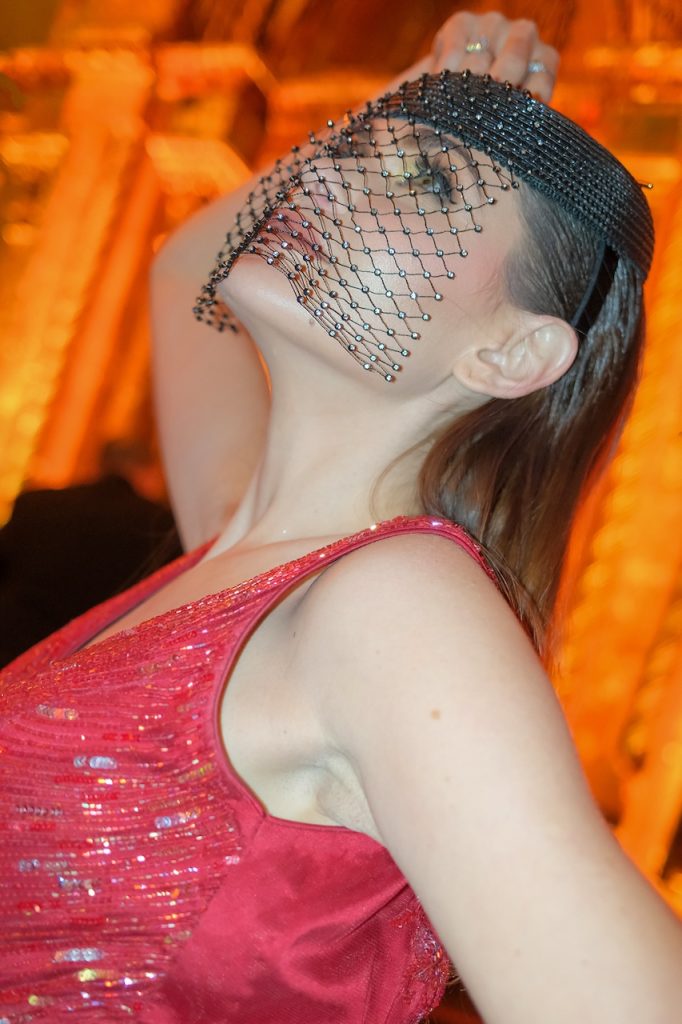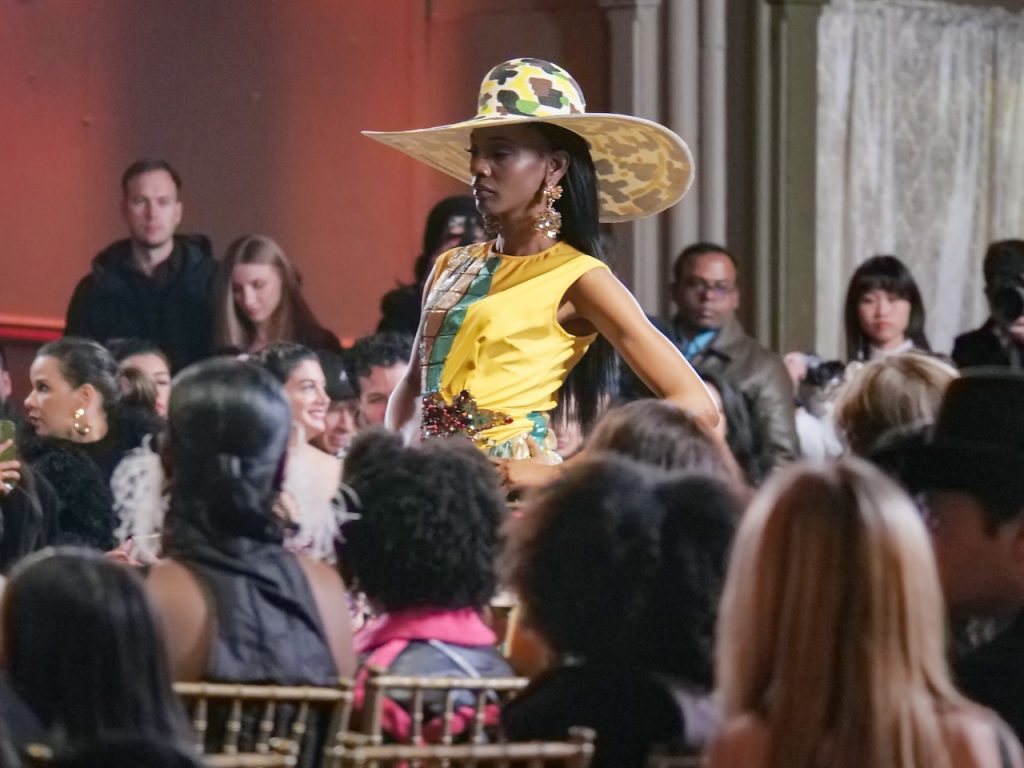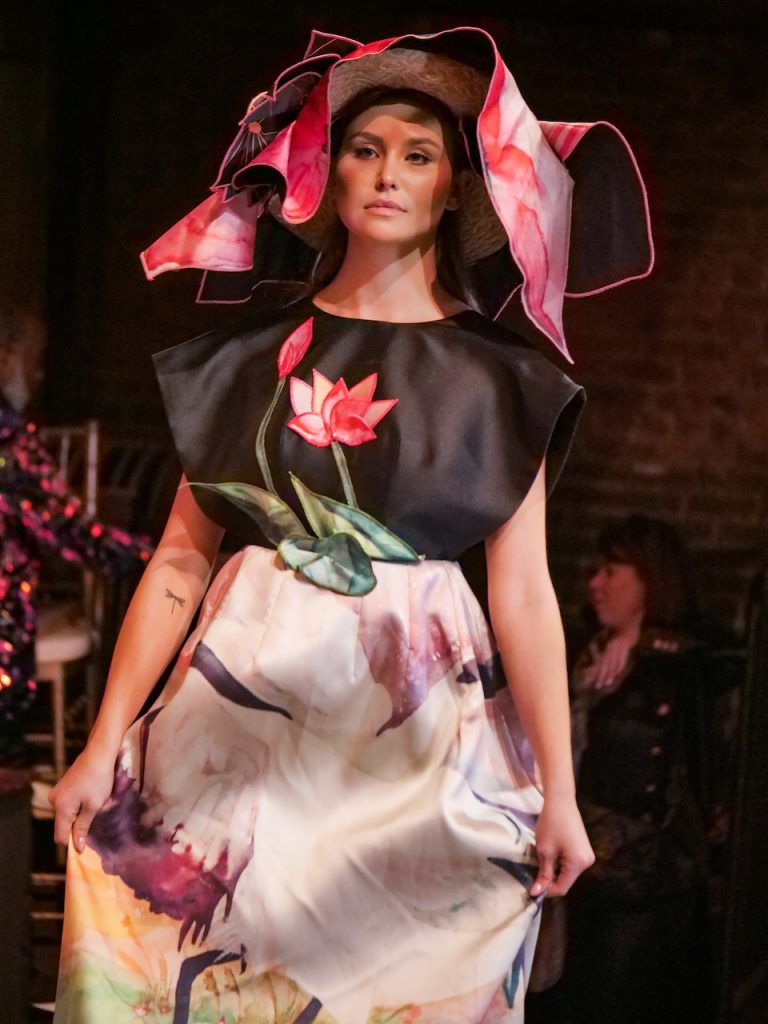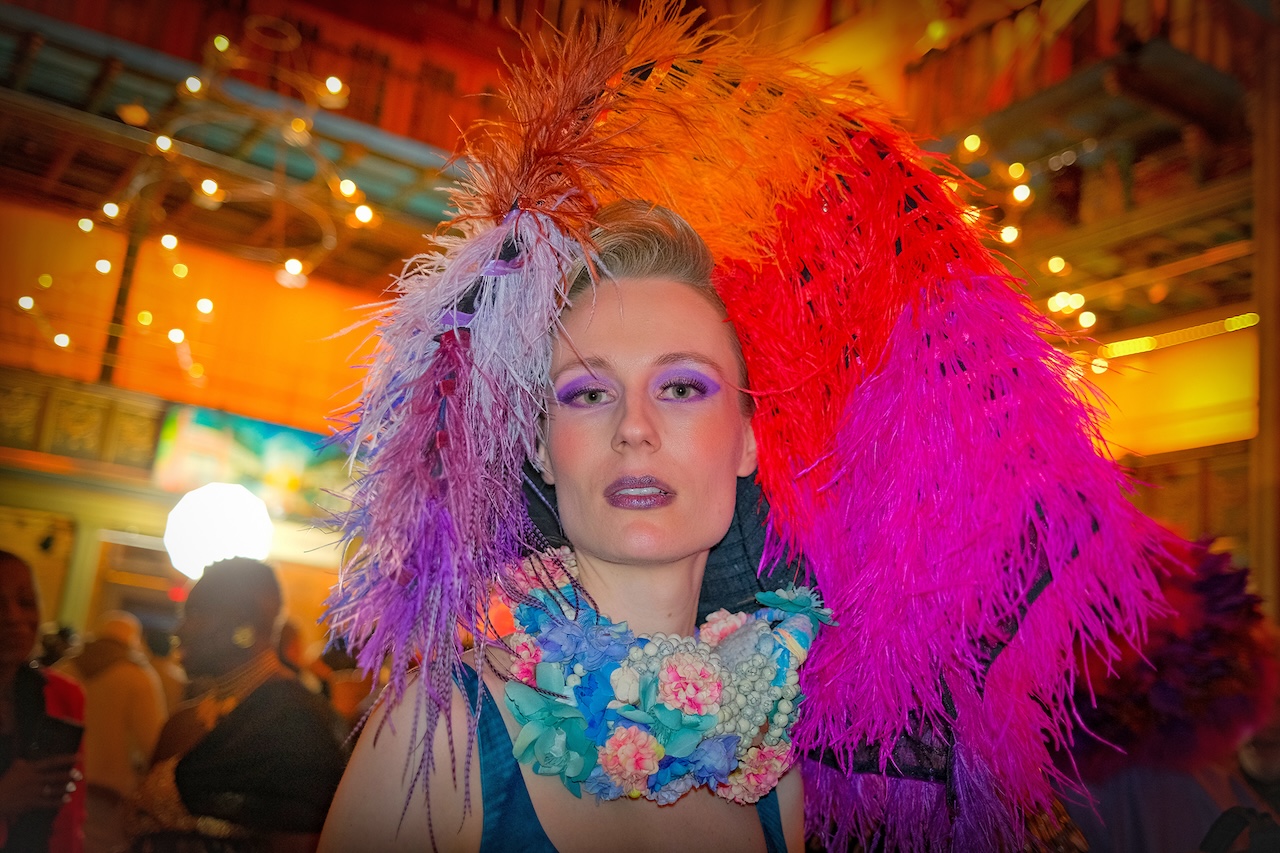BY MARY REINHOLZ | Another New York Fashion Week is once again upon us as models strut 2024 fall/winter duds on runways across the city from Feb. 9 to Feb. 14. Downtown Manhattan is getting a large dose of the usual glamour and glitz with shows at places like the Conrad Hotel, 21 Greene Street, West Edge and High Line Nine.
RXR’s gargantuan Starrett-Lehigh Building in West Chelsea is garnering splashy headlines as leader of the catwalk pack. The industrial monolith, once intended as a railroad depot, has been designated the official runway destination by IMG, a sports, media and fashion company that operates NYFW. Designers appearing at the 19-story edifice included Libertine and Bach Mai the first day. Big brand names at the shows will include Helmut, Tommy Hilfiger and Coach.
Many of the shows are by invitation only to buyers, celebs and fashion press. Vogue Editor in Chief Anna Wintour and possibly a Kardashion or two are expected to be viewing ready-to-wear collections in expensive front row seats. Other tickets are more moderately priced or require filling online forms. Check here.
Altogether, the NYFW events, held biannually in February and September, are purported to rake in an estimated $900 million a year, bolstering New York’s economy and reputation as one of the global “Big Four” fashion capitals along with Paris, London and Milan.
For at least five years, IMG dubbed Spring Studios in Tribeca as the runway hub for NYFW. A receptionist for the collective said it “might” put on some shows this month, even after IMG recently air kissed the venue goodbye and replaced it with the aforementioned Starrett-Lehigh Building, at 601 W. 26th St., overlooking the Hudson. It takes up an entire city block. Efforts to obtain comment from IMG were unavailing at press time, but it seems likely the company believes that size matters.
Anna Crowley, a spokesperson for Starrett-Lehigh, said its runway space “encompasses 68,000 square feet on the 18th floor at the top of the building.”

Crowley noted that most of the invitation-only shows will be available to the public via live streaming at the Oily Oily Market on Starrett-Lehigh’s ground floor.
New York Fashion Week shows changed sharply with the pandemic and virtual shows are now on the rise, a fact noted back in 2021 by Steven Kolb, president and C.E.O. of the Council of Fashion Designers of America, in a phone interview with CNN: “Digital platforms will live in parallel next to the live shows,” he said.
Runway 360 is CFDA’s virtual home for the NYFW shows.
The history of NYFW covers a long and winding road. Eleanor Lambert, a fashion publicist who helped found the Council of Fashion Designers of America, is regarded as the event’s birth mother for persuading the Plaza Hotel in 1943 to showcase American-made designer clothing for journalists during World War II. That was when Paris, then under Nazi occupation, had lost some of its cred as a fashion epicenter. Lambert called the Plaza event “Press Week.”
The Plaza press show was a success. Other much larger versions of New York Fashion Week shows followed in nightclubs, department stores, showrooms and galleries. In the 1970s, Andy Warhol called them “art forms.” Fashion reporters deemed some locales dangerous for their work after a ceiling collapse at a Michael Kors 1991 show.

By then, there were about 300 designer runway shows, each in a different place, resulting in editors running ragged around the city. Fern Mallis, former executive director of the Council for Fashion Designers of America, helped establish another precursor of New York Fashion Week. Called “7th on 6th,” it was based in a cluster of huge tents for collections in Bryant Park behind the 42nd Street New York Public Library branch. Mallis by then worked for IMG and left the company. In 2010, shortly before the tents moved Uptown to Lincoln Center and its next-door Damrosch Park, it was rebranded as Mercedes-Benz Week. The tents came down in 2014 when Lincoln Center and New York City gave them the boot in a court settlement, following complaints about damage to the park by an advocacy group.
The shows have spawned other litigation over New York Fashion Week’s name and mission.
In turn, designers have ventured to varied sites for Fashion Week. Among these are Vanderbilt Hall at Grand Central Terminal, Skylight Modern and even the Duggal Greenhouse at the Brooklyn Navy Yard, where Ralph Lauren built a barn-like structure for his spring-summer New York Fashion Week show, his first after a lengthy hiatus. His designs drew a gaggle of stars, including Diane Keaton and Jennifer Lopez.
And The beat goes on. … Unremarkably, online media is diligently posting links to related NYFW entertainment, housing, transportation and food. About 25 restaurants have signed up to provide special meals.
Women’s Wear Daily, the famed trade journal often described as the “bible” of the fashion industry, is running online banner headlines to spur its digital subscriptions, proclaiming: “Unsurpassed coverage of Fashion Week.”

Mort Sheinman, a retired, longtime managing editor of WWD, mainly when it was published in print by the legendary John B. Fairchild, remembers covering early iterations of New York Fashion Week shows. Back then, during the 1960s, he was a market reporter in the Garment District, covering an industry that manufactured and sold apparel donned by elites and ordinary people alike.
“They were low-key, especially compared to what they became,” Sheinman noted, in an exchange of e-mails with this reporter (who, full disclosure, worked for WWD in decades past).
“At some shows, there might be someone softly playing a piano to provide background music,” he said. “But, as time went on, they morphed into a series of shows that seemed to be more and more spectacular with each season. Instead of being mounted in showrooms — where they were rather sedate affairs — they were sometimes produced in much larger spaces, with lots of live music and hoopla and razzle-dazzle. They were often held at night and one needed an invitation to be admitted. I was never required to go to one, and never did.”
This past December, Sheinman was presented with a lifetime achievement award from the Silurians Press Club. During a panel moderated by Clyde Haberman, the veteran New York Times contributor, at the National Arts Club in Gramercy, one attendee asked Sheinman to compare his experiences in the Garment District of days past to today’s neighborhood. Today the Garment District is a pocket of less than one mile, now zoned from Fifth Avenue to Ninth Avenue and from W. 42nd Street to W. 34th Street.
He said the street scene during his coverage was lively and feisty, with boisterous crowds of people standing outside during lunch hours. They sometimes included the powerful labor leader David Dubinsky, president of the International Ladies’ Garment Workers’ Union. It was a time, Sheinman recalled, when the Garment District “was the largest single employer in New York,” adding, “Then it became a shadow of what it once was.” He said he didn’t know what the neighborhood is like now.
Sheinman appeared in a 2009 HBO documentary, “Schmatta: From Rags to Riches to Rags,” about the rise and decline of the Garment District, due largely to the outsourcing of manufacturing, lower-cost foreign markets, steep rents and increased regulations.


Very interesting detail on the origins of Fashion Week on NYC ! I plan to mention this as I happen to be teaching about Nazi-occupied France next week!